Application Note AN622001Using Solar Type 6220-1B Transformer for the
|
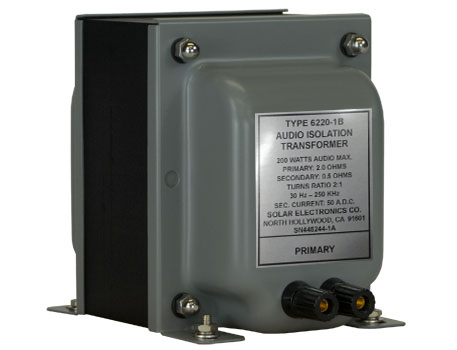
|
| APPLICATION • USE • SENSITIVITY • FLATTENING • LIMITATIONS • NARROWBAND • BROADBAND • SUMMARY |
|
APPLICATION USE OF THE TYPE 6220-1B TRANSFORMER IN GENERAL
ACHIEVING MAXIMUM SENSITIVITY FOR CONDUCTED EMI CURRENT MEASUREMENTS FLATTENING THE RESPONSE STILL MORE FLATTENING LIMITATIONS OF THE METHOD DETERMINING THE NARROWBAND CORRECTION FACTOR Adjust the gain of the EMI meter to assure a 1 µV meter reading for a 1 µV RF input from a standard signal generator. Then connect the 50 Ω input circuit of the EMI meter to the primary of the Solar Type 6220-1B. If the calibration is for maximum sensitivity, no additional loading is necessary. If the calibration is for the flattened versions discussed above, the appropriate resistance must be connected across the primary of the transformer. At the frequency of the test, set the output of the signal source to obtain 1.0 V across the 10 Ω resistor. Carefully tune the EMI meter to the test frequency and note the meter reading on the dB scale. The difference between the meter reading in dB and 80 dB represents the correction necessary to convert the meter reading to dB above 1 µA for narrowband measurements. In most cases, the correction will have a negative sign. For example, at 100 Hz the EMI meter may read 88 dB above 1 µV. Since the reference is 80 dB above one µA, the correction is -8 dB to be added algebraically to the meter reading to obtain the correct reading in dB above 1 µA. If the 10 dB pad has been used, this loss must be accounted for in deriving the correction. If the pad will be used in the actual test setups, its loss becomes part of the correction factor. In this case, the meter reading obtained in the foregoing example would be 78 dB above 1 µV and the correction factor would be +2 dB for narrowband measurements. Repeating this procedure at a number of test frequencies will produce enough data to plot a smooth curve for use when actual tests are being conducted. DERIVING THE BROADBAND
CORRECTION FACTOR In the case of Method CE01 of MIL-STD-461A, use the 20 kHz wideband mode of the EMI meter, determine the average of the narrowband factors over the range 30 Hz to 20 kHz and use this figure as the bandwidth correction factor. SUMMARY | |
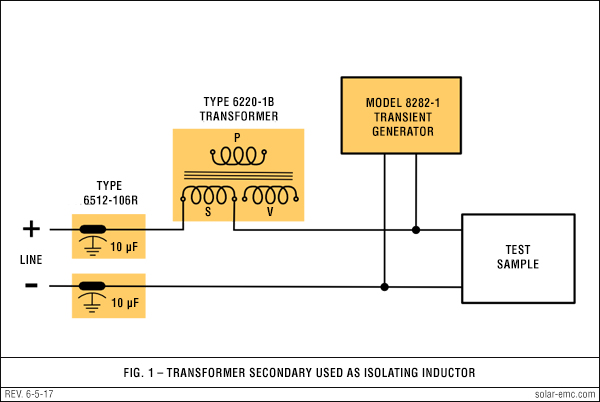 |
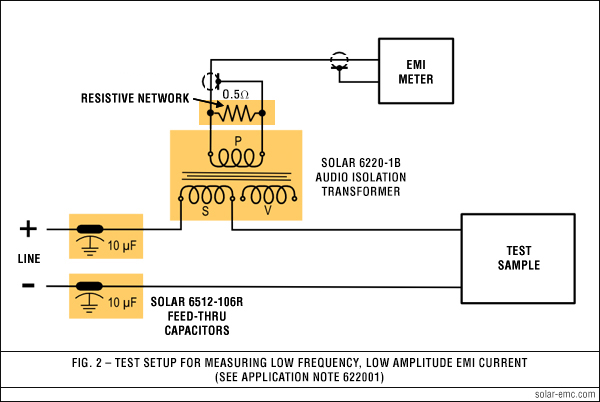 |
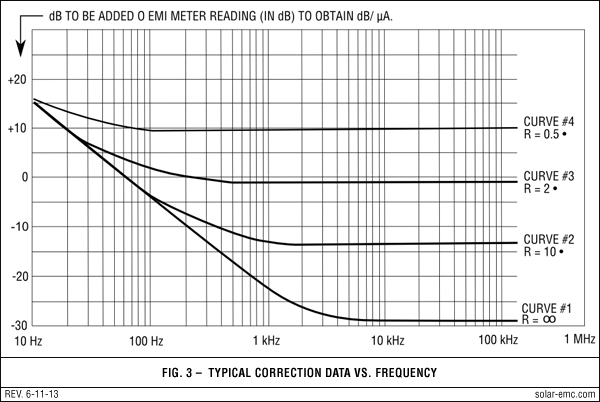 |
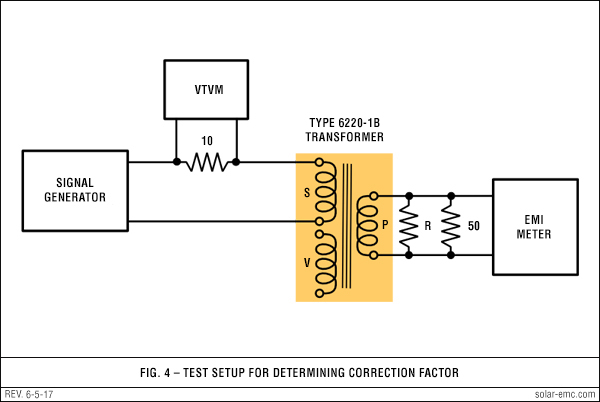 |
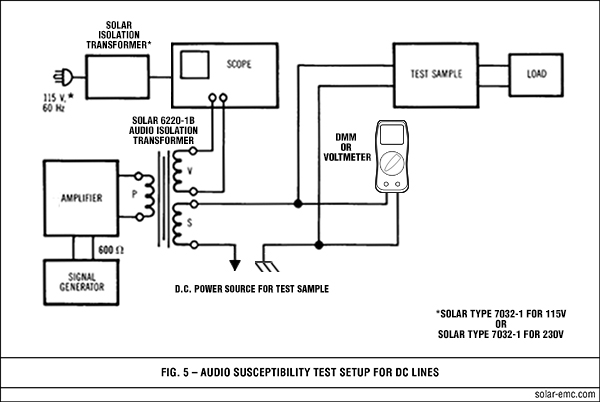 |
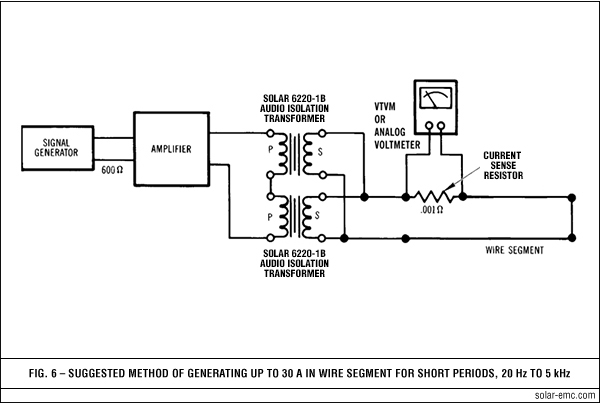 |

